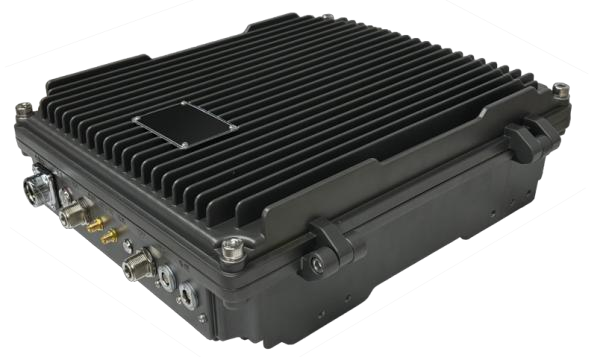The Application of Wireless Mesh Technology in Emergency Communication Field
In emergency communication networking, the network nodes that need to be interconnected in the on-site wireless network include several mobile vehicles and several independent teams of personnel. Both the vehicles and personnel are equipped with wireless network nodes, and real-time interconnection and communication are required among the vehicles, personnel, and teams.
This article uses actual requirements as an example to illustrate the methods of information transmission and the types of services.
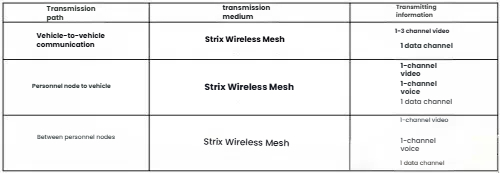
Table 1 Transmission of Information in On-site Network and Communication System
(1) Without any interference, establish the normal communication link at the site.
(2) Under interference conditions in the frequency band below 3GHz, establish a normal communication link on-site.
(3) While ensuring the smoothness of wireless communication and the security of data transmission, complete the transmission and exchange of the required images and voices.
System technical specifications
(1) After the positions of each vehicle-mounted mesh module and portable mesh module have been determined, the time from powering on the device to successful networking of the network nodes in the system does not exceed 4 minutes.
(2) The real-time transmission bandwidth between each personnel and vehicles, as well as between vehicles, shall be no less than 6M.
(3) When visibility is within the range, the coverage area of the on-board mesh module is no less than 1000 meters, and the coverage area of the portable mesh module is no less than 300 meters.
(4) After the portable mesh module 10 is activated, the transmission bandwidth shall be no less than 6M.
(5) After the portable mesh module 10 is activated, the network latency is no more than 200ms.
(6) The portable mesh module, together with an independent power supply device (battery), should form a unified and closed structural entity.
(7) For different application modes of the system, each mesh module can be flexibly adapted. There is no need for manual analysis or configuration of the network topology structure.
Network backhaul method
The emergency communication network utilizes mesh network technology to establish a mobile and self-organizing emergency communication network among vehicles and between vehicles and personnel. Subsequently, the information of the mesh emergency network is transmitted back to the command center via any vehicle.
How to achieve real-time transmission of video, voice and data information of the fleet is the main challenge in emergency communication. Currently, there are mainly three types of methods:
(1). Optical fiber
Using a wired network method, any vehicle can be connected to the nearby optical fiber network, thereby transmitting the Mesh emergency network information back to the command center.
(2). Satellite
Install satellite transmission and reception equipment in one of the vehicles
(3). Wireless backhaul method
This method fully utilizes the characteristics of the wireless Mesh network. Fixed base stations are set up at intervals of 2-5 kilometers in the main high-rise buildings in the urban area to provide wireless connections for vehicles within the area. The base stations communicate with each other using the wireless Mesh protocol, and the data is finally transmitted back to the control center.
As shown in the figure below: Once the vehicle arrives at the incident site, the vehicle responsible for wireless transmission will be connected to the nearest fixed base station, and the entire team's information will be transmitted back through this connection.
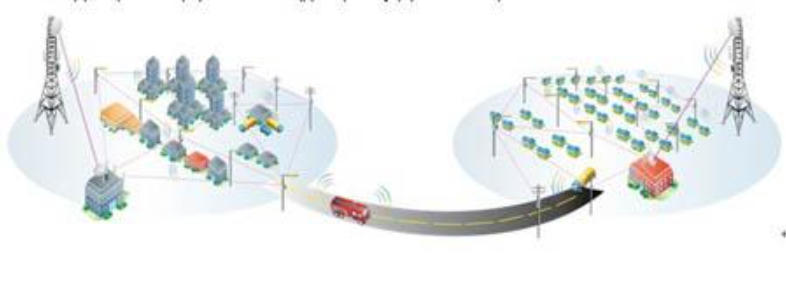
Planar network
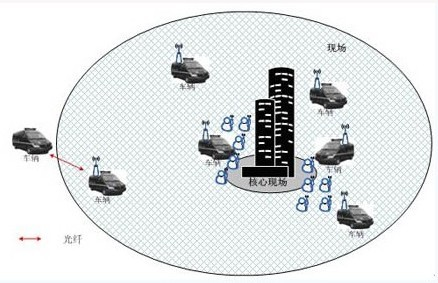
Figure 2 Planar Network Deployment Diagram
Among them, the site's area covers a radius of 500 meters. The relative positions of each vehicle and personnel are relatively random, and any situation may occur. Therefore, the wireless network system is required to be flexible in layout and have no edge points. A mesh topology is formed between vehicles and personnel, and wireless communication is not affected by changes in their positions.
Three-dimensional network
When personnel are conducting on-site monitoring and signal collection, they often need to move in a three-dimensional manner, such as going deep into subways or high-rise buildings. As shown in the figure, personnel in the subway will wirelessly transmit the on-site images through a multi-hop transmission method via the Mesh network to the vehicles on the ground.
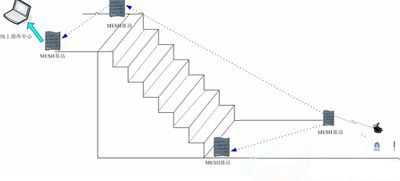
Figure 3 Standing-type Network Deployment Diagram
Mobile network
In a field environment, in order to achieve effective defense, vehicles will move relative to each other. Under such circumstances, necessary communication still needs to be maintained among the vehicles. By leveraging the mobility of the on-site Mesh network to solve this problem, in flat terrain areas and with omnidirectional antennas, within the effective communication range, the network can achieve a data transmission rate of 6 Mbps in a high-speed moving state of 120 kilometers per hour. As shown in the figure, during movement, the vehicles transmit the on-site images through the Mesh network to the rear.
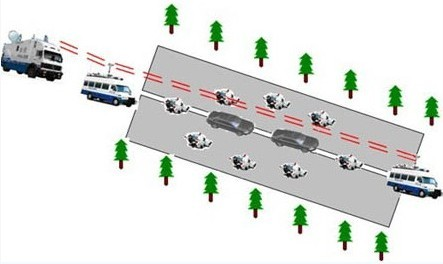
Figure 4 Mobile Network Deployment Diagram
-
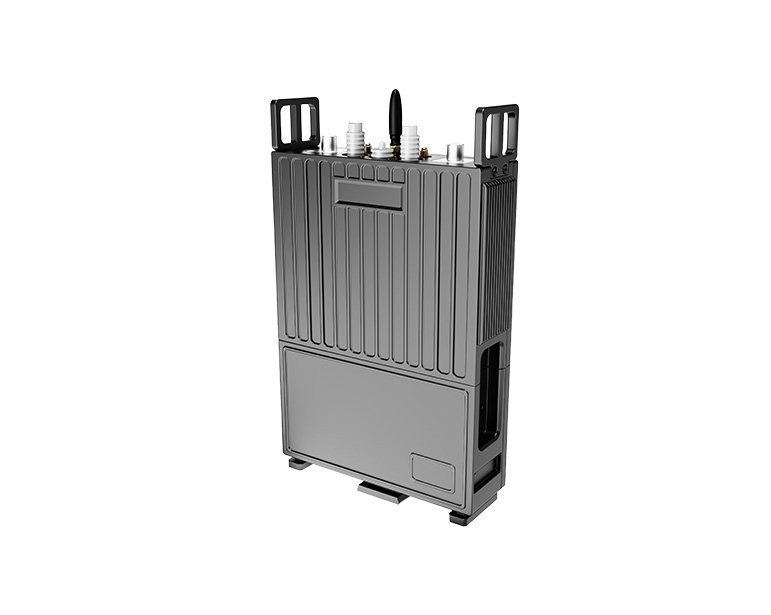 2025-10-30
2025-10-30 -
IP Mesh Radios: The Future of Tactical Wireless Networking
2025-10-27 -
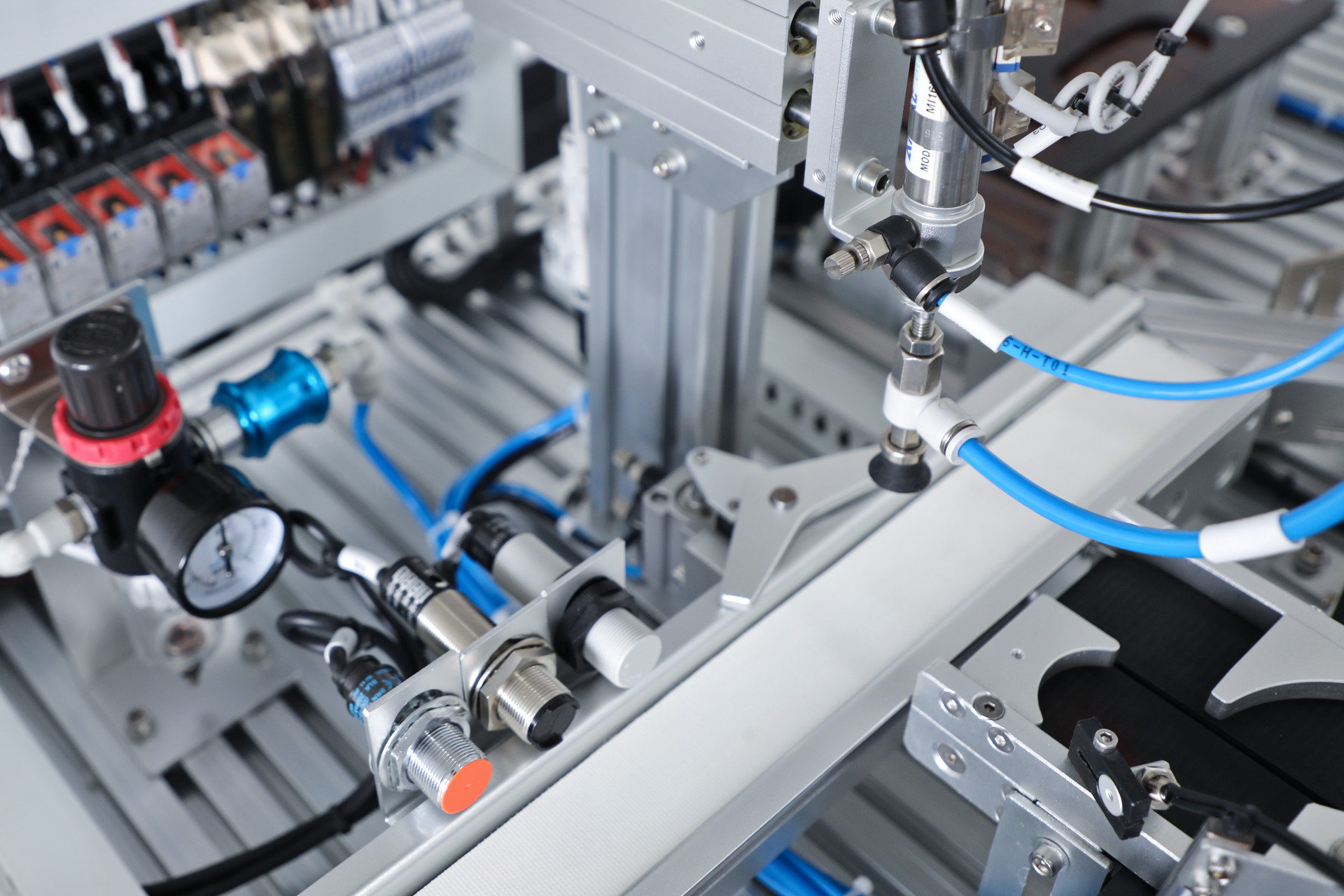
What Is Wireless Data Transmission and How Does It Work?
2025-09-26 -
What are the Applications of Ad Hoc Wireless Network?
2025-09-11 -
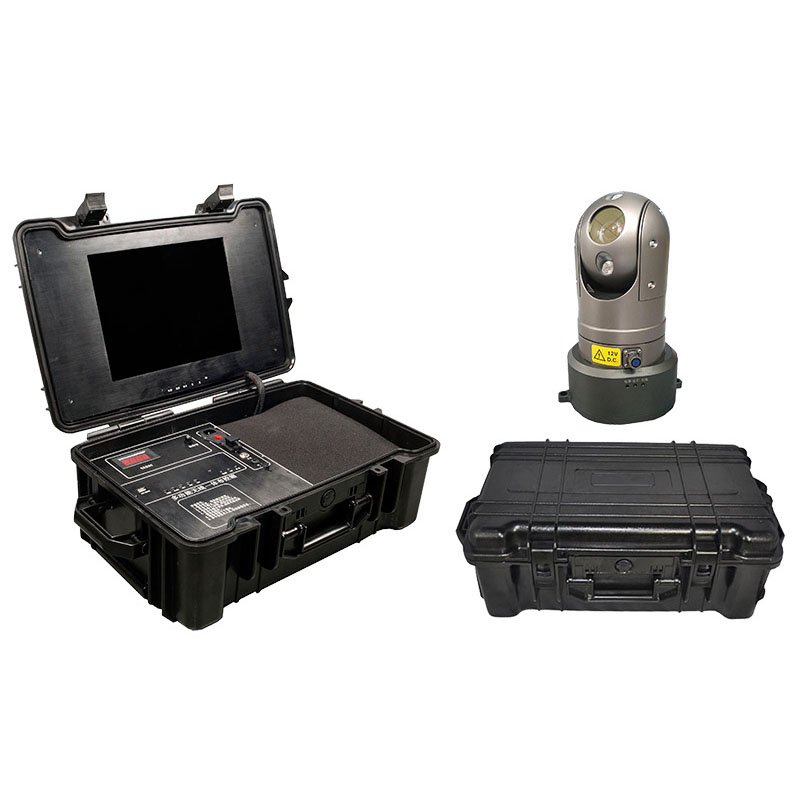
What Are Point to Point Wireless Bridges Often Used For?
2025-09-05 -

MESH Networking Module Selection Guide: From Dismounted Soldiers to UAV Applications
2025-08-28 -
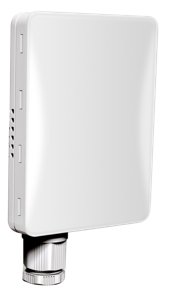
What Is a Point to Point Wireless Bridge Connection?
2025-08-07 -

What Is the Difference Between a Wireless Network and an Ad Hoc Network?
2025-07-16








